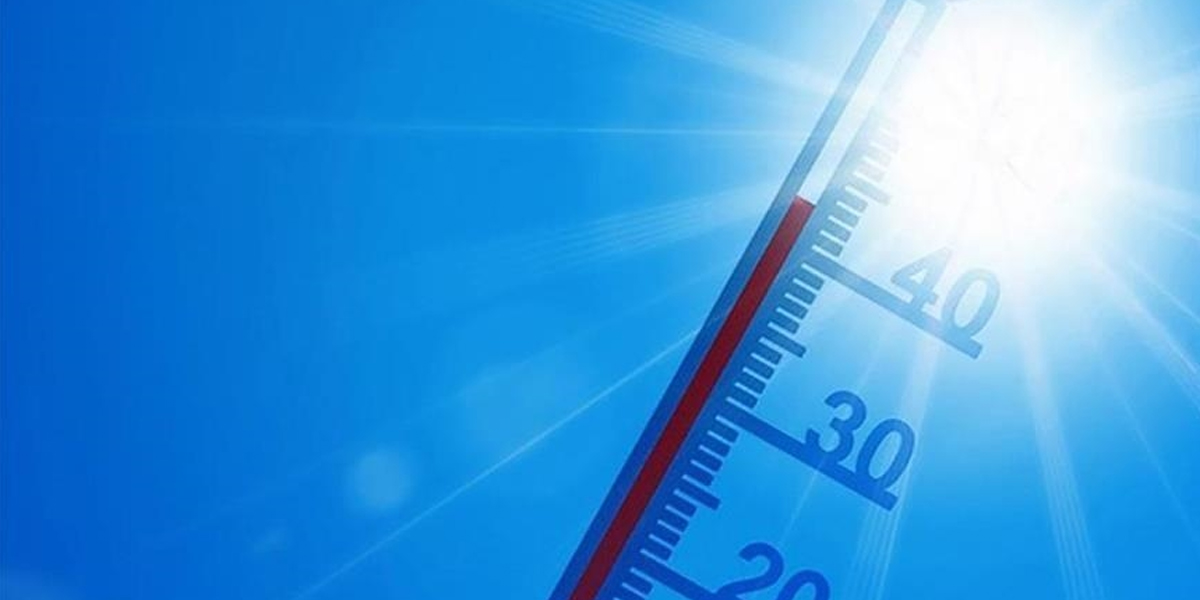The World Meteorological Organisation (WMO) says the past eight years are on track to be the warmest on record, fuelled by ever-rising greenhouse gas concentrations and accumulated heat.
Provisional estimates of ‘State of the Global Climate in 2022” report, released on Monday in Sharm El-Sheikh during COP27, says extreme heatwaves, drought and devastating flooding have affected millions and cost billions this year.
The global average temperature in 2022 is estimated to be about 1.15 [1.02 to 1.28] degrees Celsius above the 1850-1900 average. The years 2015 to 2022 are likely to be the eight warmest ones on record. La Nina conditions have dominated since late 2020 and are expected to continue until the end of 2022.
Continuing La Nina has kept global temperatures relatively low for the past two years, albeit higher than the last significant La Nina in 2011, the report says.
Report says heatwaves, drought, floods have affected millions, cost billions this year
WMO Secretary General Prof Petteri Taalas said that “the greater the warming, the worse the impacts. We have such high levels of carbon dioxide in the atmosphere now that the lower 1.5°C of the Paris Agreement is barely within reach”.
“It’s already too late for many glaciers and the melting will continue for hundreds if not thousands of years, with major implications for water security. The rate of sea level rise has doubled in the past 30 years. Although we still measure this in terms of millimetres per year, it adds up to half to one meter per century and that is a long-term and major threat to many millions of coastal dwellers and low-lying states,” he said.
“All too often, those least responsible for climate change suffer most — as we have seen with the terrible flooding in Pakistan and deadly, long-running drought in the Horn of Africa. But even well-prepared societies this year have been ravaged by extremes — as seen by the protracted heat waves and drought in large parts of Europe and southern China,” said Prof Taalas.
Record breaking rain in July and August led to extensive flooding in Pakistan. The flooding came hard on the heels of an extreme heatwave in March and April in both India and Pakistan.
The tell-tale signs and impacts of climate change are becoming more dramatic. The rate of sea level rise has doubled since 1993. It has risen by nearly 10mm since January 2020 to a new record high this year. The past two and a half years alone account for 10 per cent of the overall rise in sea level since satellite measurements started nearly 30 years ago.
The WMO report says the year 2022 took an exceptionally heavy toll on glaciers in the European Alps, with initial indications of record-shattering melt. The Greenland ice sheet lost mass for the 26th consecutive year and it rained rather than snowed there for the first time in September.
Concentrations of the main greenhouse gases — carbon dioxide, methane, and nitrous oxide — once again reached record levels in 2021. The annual increase in methane concentration was the highest on record. Data from key monitoring stations show atmospheric levels of the three gases continue to increase in 2022, the WMO says.
The ocean stores around 90pc of the accumulated heat from human emissions of greenhouse gases. The upper 2000m of the ocean continued to warm to record levels in 2021. Warming rates are especially high in the past two decades. It is expected that it will continue to warm in the future — a change which is irreversible on centennial to millennial time scales.
Overall, 55pc of the ocean surface experienced at least one marine heatwave in 2022. In contrast, only 22pc of the ocean surface experienced a marine cold spell. Marine heatwaves are becoming more frequent, in contrast to cold waves.
Published in Dawn, November 8th, 2022

